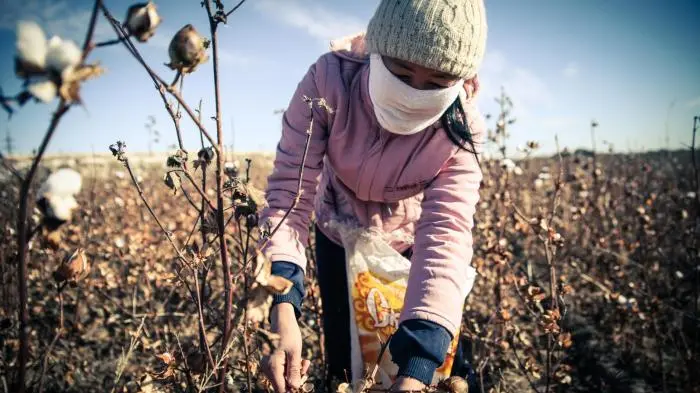Karl Marx famously described how British rule “broke up the Indian handloom and destroyed the spinning wheel,” “introduced twist into Hindostan,” “driven its textiles out of the European market,” and ultimately “inundated the very mother country of cotton with cottons” in 1853. Over the past ten or so years, something similar has happened with Indian cotton. But in this instance, the inertia and inefficiency of domestic policy was the cause, not any big imperialist scheme.
Think about the following: India’s cotton production nearly tripled from 13.6 million to 39.8 million bales (mb; 1 bale = 170 kg) between 2002–03 and 2013–14. Its average imports of 2.2 mb outpaced its exports of not even 0.1 mb over the three marketing years (October-September) that concluded in 2002-03. In the three years ending in 2013–14, that entirely altered, with exports increasing by more than 100 times to 11.6 megabytes and imports decreasing to 1.1 mb.
In 2024–2025, India is expected to produce 29.5 mb, the least amount since 2008–2009, when it produced 29 mb. Moreover, 3 MB of imports would exceed 1.7 MB of exports. To put it briefly, we are once again a net importer of natural fiber. American, Australian, Egyptian, and Brazilian cottons have “flooded” a nation that was the world’s top producer in 2015–16 and a near second-largest exporter to the US by 2011–12.
How did India rise to prominence as a cotton grower and exporter? Technology is the solution. Some of the best cotton breeders have come from India. “H-4,” the world’s first cotton hybrid introduced for commercial production in 1970, was created by C T Patel through the crossing of two Gossypium hirsutum varieties: American Nectariless and Gujarat-67. The world’s first inter-specific cotton hybrid, “Varalaxmi,” was produced by B H Katarki and launched in 1972. It was a cross between the hirsutum (Lakshmi) and barbadense (SB298 E) species varieties of the same Gossypium genus. The renowned Labh Singh came before them; his 1933-released “LSS” (Labh Singh Selection) variety was widely cultivated in Punjab and even utilized for hybridization in Pakistan.
The commercialization of genetically modified (GM) Bt cotton hybrids in India was also made possible by this tradition of being receptive to new breeding techniques and technological advancements. The first of them, which included a gene extracted from Bacillus thuringiensis, a soil bacterium that produces proteins poisonous to the fatal American bollworm pest, was sown starting with the 2002–03 crop season. Four years later, GM hybrids based on a second-generation Bollgard-II technology were introduced, which also used two Bt genes to provide protection against the cotton leafworm pest Spodoptera.












